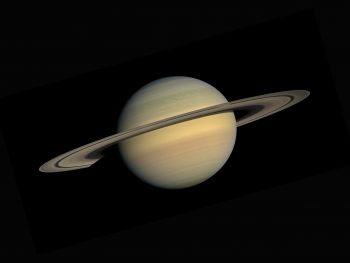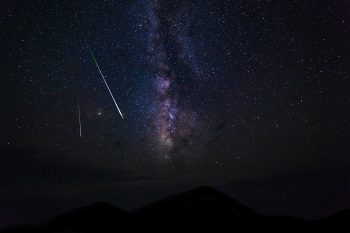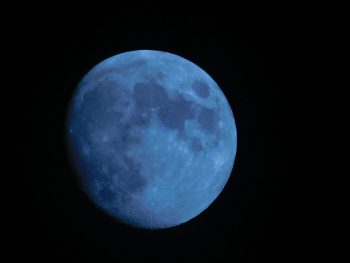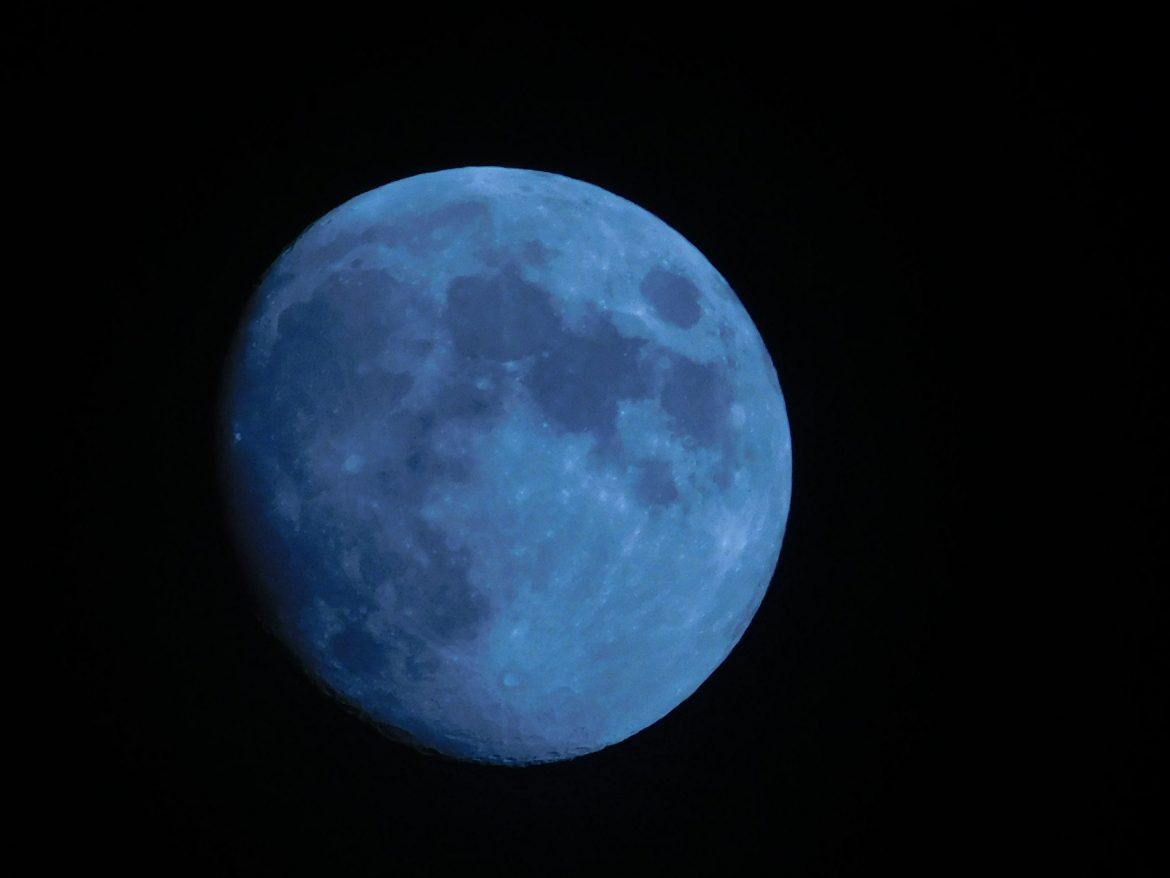Planets, the moon and meteors – oh my! It seems the night sky still has a few more exciting astronomical events to look forward to this year, with August promising to be an eventful month.
August kicks off with a series of planetary viewing opportunities, a number of other interesting deep space objects to see, and a few meteor showers that will break later in the month.
So if you’re looking for a reason to break out the telescope or to simply gaze up at the sky for a while, here are some events to look forward to.
Close approach of the Moon and Saturn – 3 August
In the first week of the month, your best astronomical event in the August night sky will be the close approach of the moon and Saturn.
A bright and nearly-full waxing gibbous moon (92% illuminated) will be visible just 2º15′ from Saturn.

Image credit: Unsplash
You’ll be able to see both with the naked eye, but to get a closer look at Saturn’s rings and the mesmerising face of the moon, it’s recommended to bring out your binoculars or telescope.
The pair will be visible from soon after it rises, at 7:58pm, until soon before it sets at 9:05am.
At around the same time, the pair will also share the same right ascension – known as a conjunction.
Close approach of the Moon and Jupiter – 8 August
It’s hard to believe just how far apart Saturn and Jupiter are in the night sky, after their Great Conjunction almost two years ago.
Whereas these two planets used to have conjunctions with the moon in close succession, they’re now occurring almost a week apart.
As Saturn will have already taken its turn, it’s now Jupiter’s time to shine in the night sky when it will appear just 2º39′ apart, lying in the constellation Aries.
You can easily hop between them with unaided eyes or use your favourite stargazing equipment should you want to see them at their closest.
The pair will be visible from soon after it rises at 1:06am, until soon before it sets at 11:50am.
Just like Saturn, the pair will have a conjunction during this time.
Peak of the Perseid meteor shower – 12 August
The Perseid meteor shower, which will fill the sky with slinging meteors, may be difficult to view from our spot on the globe. But it’s something worth keeping an eye out for.

Image credit: Unsplash
While the extensive shower will have already been active since 14 July, it reaches its peak around the night of Saturday, 12 August, and into the early hours of Sunday.
And with the moon in the process of shrinking towards becoming an invisible Micro New Moon, the night sky will be ideally dark to catch the whole spectacle of up to 100 shooting stars per hour – best get your wishes ready.
Perseids will be active until 1 September.
Micro New Moon – 16 August
So, with it being micro and all, we won’t be able to see it for two reasons: the moon isn’t lit up and rises close to the sun, getting lost in its glare. But, what this does mean is that the night sky will be that much darker, which makes it the ideal environment for stargazing.
Saturn at opposition – 27 August
Earth will sit perfectly between Saturn and the sun during the Saturn opposition. This is the time during Saturn’s orbit when the planet is closest to Earth.
Lying in the constellation Aquarius, Saturn will be visible without special equipment, but a telescope would be useful to get a closer view of the planet and its iconic rings.
It will be visible for much of the night, reaching its highest point in the sky just before 1am but the ideal time to turn your eyes to the sky will be between 7:11pm and 6:30am.
The moon will be 85% illuminated on this night, so check a night sky app to understand where the moon will be before you pull out your binoculars or telescope.
Conjunction of the Moon and Saturn – 30 August
The pair will be visible from soon after it rises, around 6:02pm until shortly before it sets at 7:13am.
While the duo will be visible to the naked eye or through a pair of binoculars, they’ll be too widely spread to fit within the field of view of a telescope.
Super Blue Moon – 31 August
While all full moons are spectacular to see, there are only a few special full moons that can only be described as breathtaking – and one of them is making an appearance at the end of this month.

Image credit: Unsplash
Not only is it a Supermoon, it’s also a Blue Moon (a term used to describe any full moon that is the second to fall within a single month).
According to Time and Date‘s numbers, the last time we had a Super Blue Moon was in December 2009, and the next time will be in almost a decade’s time, in August 2032.
There is another Blue Moon happening in August next year, but it won’t be a Supermoon.
ALSO SEE:
Feature image: Unsplash
Originally published in Cape {town} Etc.

